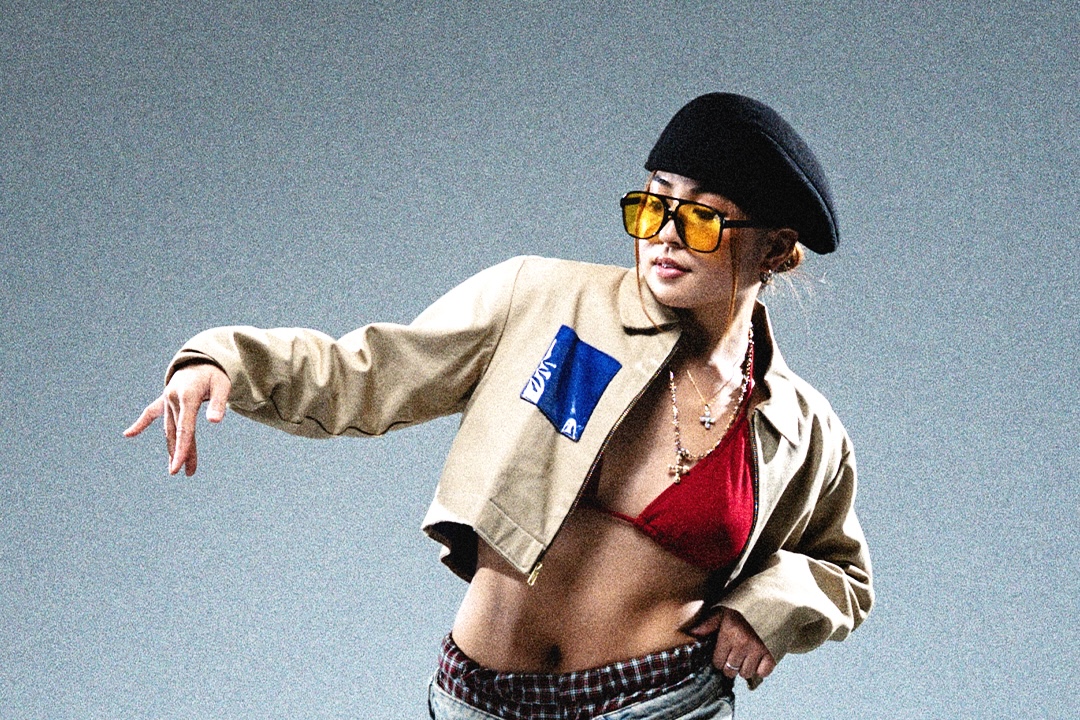Japan is a mecca for many aspects of culture – music, food, entertainment, and of course, dance! That's why so many of us dream of dancing in Japan.
From Tokyo’s En Dance Studio to traditional studios teaching styles like ‘Noh’ and ‘Kabuki’, there is something in Japan for every dancer to learn.
Japan is an old country, with history that dates back to the first century.
You can be sure that many customs and traditions have found their way into the dance world as well. So what are these cultural differences?
Whether you’re moving to, or visiting this majestic country, here are some ways to have the best experience dancing in Japan.
1. Culture of respect
Senpai means senior, and Kohai means junior. In Japan, these roles are clearly defined and respected – the teacher always teaches and the student always listens.
When dancing in Japan, students rarely raise their hands for questions, rather waiting for the teacher to ask first.
While most visiting dancers think it will be okay to ask, most people will introduce themselves first to the teacher (a great way also for the teacher to use English to help you in class) or wait until the end of class to ask the question privately.
2. Dedicated teachers
Teachers in smaller dance classes will go up to students during the drills and actually help to position your body. Do not be ashamed.
This is the normal way of teaching in Japan. In fact, be thankful for it because this is a sign that the teacher cares a lot about your progress.
So much so that most studios offer midnight to 5 am bookings. These slots get regularly booked out.
It shows how much the Japanese people revere work ethic and cultivating strong technical skills.
Coming to Japan is an excellent way to perfect such skills and techniques.
3. Cleanliness
One foot onto Japanese soil and you will notice that the country is super clean.
Spotless streets and garbage bins that separate various kinds of trash are an essential element in Japanese living. In Japan, people work in a group mentality.
You must practice consideration of other students when dancing in Japan. Dirtying the studio means you are holding back others in their work as dancer.
Therefore in the dance studio it is customary to bring an extra pair of shoes purely for dance so that your outside shoes do not dirty the studio.
If you are combining a day of sightseeing and dance, you might find yourself restricted in space for shoes.
For that, grab any packet of wet tissues available in any convenience store to wipe the dirt off the shoes.
The wet tissues are also a great way to cool down after a sweaty dance session, especially in the humid Japanese summer.
4. The language barrier
Have you ever done a dance class in another language you do not understand?
It can be quite a nerve wracking experience, but never fear, for the Japanese dance teachers often implement English into their classes often with the counts and some of the move names.
You may not understand the class fully, but the restriction in language means all the more reason to focus on how well you can pick up a routine and your musicality.
Keywords to listen out for include: ‘shitsumon’ (questions), ‘sei no’ (a countdown into a routine) and ‘oto’ (literally sound but used for the addition of music to the choreography).
If it is your first time dancing in Japan, try taking a lower level class so you can get a feel for the lesson structure.
Japanese level system varies quite a bit with some studios including anywhere from two to six different levels.
These can include foundations, entry, beginner, intermediate, open and advanced.
It’s best to check with the receptionist to get a good idea on which class suits you as class difficulties ranges widely studio to studio.
Special deals are on offer for foreigners at selected studios so always keep your passport on you for verification.
Some studios like Studio A-sh in Osaka offer classes everyday from noon until midnight with a total of six studios. That’s a lot of classes!
Here’s another tip: The Japanese use the word ‘schedule’ for the day’s timetable. Use it and you can find out which are the best classes for you.
5. Greetings and etiquette
After your class has concluded, you will probably notice the customs do not stop there.
Whether you’re entering the change rooms, entering the hall or even getting into the elevator, the Japanese will often bow and say something to you.
What they are saying is ‘otsukare sama desu/deshita’.
This phrase roughly translates to ‘Thanks for you hard work’. It is a way to acknowledge one’s efforts not only in a dance class, but even after finishing work.
Accompanied by a slight bow, you will find students, teachers and the receptionists saying this to you to even before class too.
Use it and you can impress the locals and leave an even better impression!
6. Making friends
The Japanese are chatty especially with foreigners.In the dance community, many dancers will be inquisitive about your dance background and where you come from.
In a culture often touted as being one of ‘group mentality’, the mere fact that you are a dancer is an automatic acceptance into the Japanese world.
The dance class is a perfect way to make some new found friends, ones that might be able to join you at an izakaya afterwards to help make your trip even more memorable.
It is a wonderful opportunity to further enter the Japanese dance scene whether it is to join one of the midnight sessions, do some battling, admire traditional dance or even kick it at the local park with some b-boys and b-girls.
There’s a lot the Japanese dance community has to offer and the many who are able to experience it always enjoy their time.
Hope these tips helped you get a better idea of what it’s like dancing in Japan!
‘Otsukare sama desu!’










